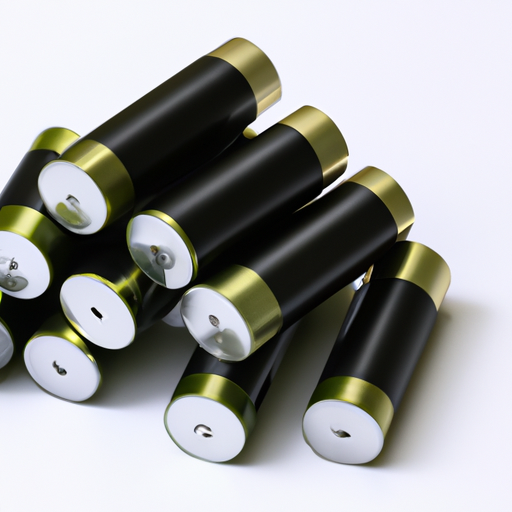Signal converters are essential components in various electronic devices, converting signals from one form to another to ensure compatibility and proper functioning. With advancements in technology, the manufacturing processes for signal converters have also evolved to meet the increasing demands for efficiency, accuracy, and reliability. In this article, we will explore the latest signal converter manufacturing processes that are shaping the industry today.

Surface mount technology (SMT) has revolutionized the manufacturing process of signal converters by allowing for smaller, lighter, and more efficient components. SMT involves mounting electronic components directly onto the surface of a printed circuit board (PCB) using solder paste and reflow soldering. This process eliminates the need for through-hole components, reducing the size of the signal converter and improving its performance.
SMT also enables automated assembly, increasing production efficiency and reducing manufacturing costs. With the use of pick-and-place machines and reflow ovens, signal converters can be manufactured at a faster rate with higher precision and consistency. This technology has become a standard in the industry, ensuring high-quality signal converters that meet the demands of modern electronic devices.
2. Advanced Materials
The use of advanced materials in signal converter manufacturing has also contributed to improved performance and reliability. Materials such as ceramic substrates, high-temperature plastics, and metal alloys are being used to enhance the durability and thermal conductivity of signal converters. These materials can withstand harsh operating conditions, such as high temperatures, humidity, and vibration, ensuring the longevity of the device.
Advanced materials also enable the miniaturization of signal converters, allowing for smaller and more compact designs. This is particularly important in portable electronic devices where space is limited. By using lightweight and durable materials, manufacturers can create signal converters that are both efficient and reliable, meeting the needs of modern technology.
3. Automated Testing
Automated testing has become an essential part of signal converter manufacturing, ensuring the quality and performance of the devices. Automated test equipment (ATE) is used to conduct various tests on signal converters, such as functional testing, performance testing, and reliability testing. These tests help identify any defects or issues in the device, allowing for quick adjustments and improvements in the manufacturing process.
Automated testing also enables manufacturers to test a large number of signal converters in a short amount of time, increasing production efficiency and reducing costs. By automating the testing process, manufacturers can ensure that every signal converter meets the required specifications and standards before being shipped to customers. This helps maintain the reputation of the brand and ensures customer satisfaction.
4. Design for Manufacturability (DFM)
Design for manufacturability (DFM) is a critical aspect of signal converter manufacturing, ensuring that the device can be produced efficiently and cost-effectively. DFM involves designing the signal converter with the manufacturing process in mind, considering factors such as material selection, component placement, and assembly techniques. By optimizing the design for manufacturability, manufacturers can reduce production time, minimize waste, and improve overall quality.
DFM also helps identify potential issues in the manufacturing process early on, allowing for quick adjustments and improvements. By collaborating with design engineers, manufacturers can create signal converters that are easy to manufacture, assemble, and test. This results in a more streamlined production process and higher-quality products that meet the demands of the market.
5. Industry 4.0 Technologies
Industry 4.0 technologies, such as the Internet of Things (IoT), artificial intelligence (AI), and big data analytics, are also being integrated into signal converter manufacturing processes. These technologies enable real-time monitoring and control of the production line, allowing manufacturers to optimize efficiency, reduce downtime, and improve quality. By collecting and analyzing data from sensors and machines, manufacturers can identify trends, patterns, and potential issues in the manufacturing process.
Industry 4.0 technologies also enable predictive maintenance, where machines and equipment are monitored for signs of wear and tear, allowing for timely repairs and replacements. This helps prevent costly downtime and ensures that the production line runs smoothly. By embracing these advanced technologies, manufacturers can stay ahead of the competition and meet the evolving demands of the industry.
In conclusion, the latest signal converter manufacturing processes are focused on efficiency, accuracy, and reliability. By incorporating technologies such as SMT, advanced materials, automated testing, DFM, and Industry 4.0, manufacturers can create high-quality signal converters that meet the demands of modern electronic devices. These processes are shaping the industry today and will continue to evolve as technology advances. By staying at the forefront of innovation, manufacturers can ensure that their signal converters remain competitive in the market and meet the needs of customers.